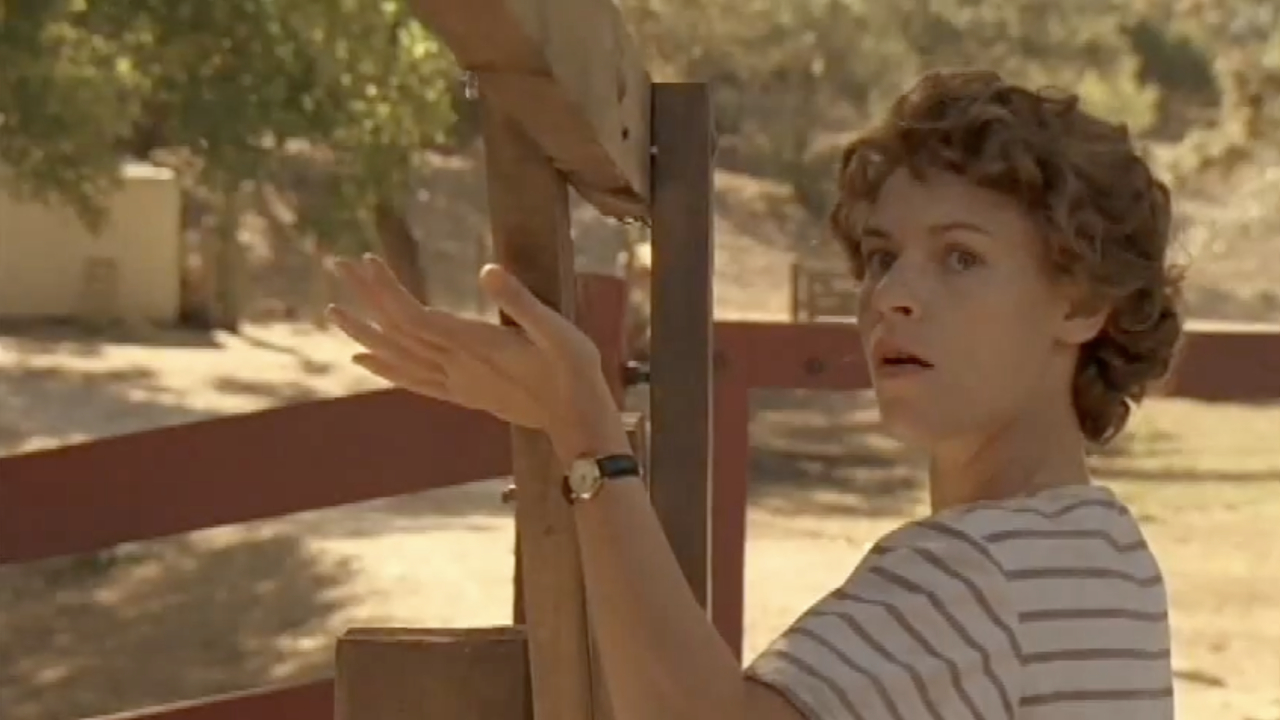We’ve seen great TV characters who have autism, and film representation in the ‘80s weekend box office-topping movie Rain Man. However, these portrayals of autism are told from the point of view of neurotypical characters and stereotype certain traits for entertainment. Temple Grandin, on the other hand, allows audiences to get inside the neurodiverse mind of a real-life inventor, author, professor, and advocate who has autism. Through rewatching the HBO film, I need to give props for how the movie helped me understand Temple’s autism.

We See Just How Temple Grandin Literally Thinks in Pictures
Temple Grandin (which is streamed on your Max subscription) does a great job of not just telling us how the American inventor thinks, but by showing us. In the scene where Temple’s high school teacher, Dr. Carlock, asked her questions about her unique way of thinking, she told him she brought up pictures in her head. When he asked her to bring up every shoe she remembered, we saw through a visual flash slideshow all of the shoes that Temple had seen in person, TV ads, magazines, and anywhere else throughout her life. It’s a remarkable ability you can hardly believe one person can have.
short-lived ‘90s series My So-Called Life and eventually earned Emmys and Golden Globes by leading the cast of Homeland. In her Emmy-winning performance here, she portrays the autistic character who navigates challenges in expressing her feelings verbally. In the scene when Temple noticed the name on her door was missing at her aunt’s house and believed her room no longer belonged to her, the camera panned on her face intensely scrunching up in panic with tears slowly trickling down.
But, when she was happy, her whole face lit up. In the scene when Dr. Carlock had his class send a rocket up in the air, Temple’s smile spread right across her face with laughter that showed she was having the time of her life. NIH says 40-65% of people with autism have severe alexithymia, which means having trouble identifying or describing emotions. With each close-up of Temple’s face, this character with autism was communicating her emotions way louder than words ever could.
Temple Grandin would go on my list of movies that thoughtfully handle autism. Through learning how she turned her developmental disability into a superpower, I was able to gain unique insights into how she experienced the world and was able to make extraordinary contributions.
Because of her point of view, audiences can learn about a person with autism’s literal thinking, sensory overload, and how one’s facial expressions can say more than words can. Add Temple Grandin to your watchlist, and your knowledge of autism will grow through the lens of the American academic’s true story.

